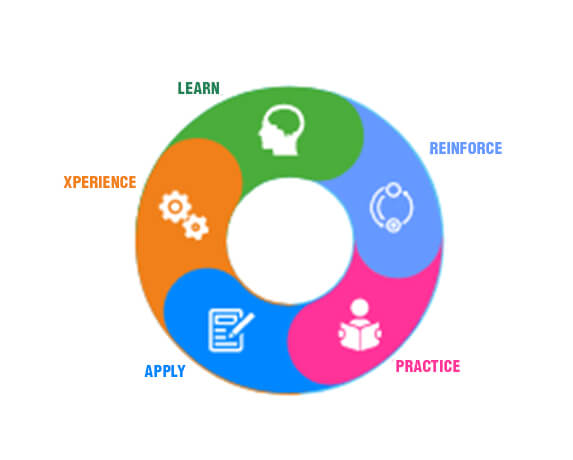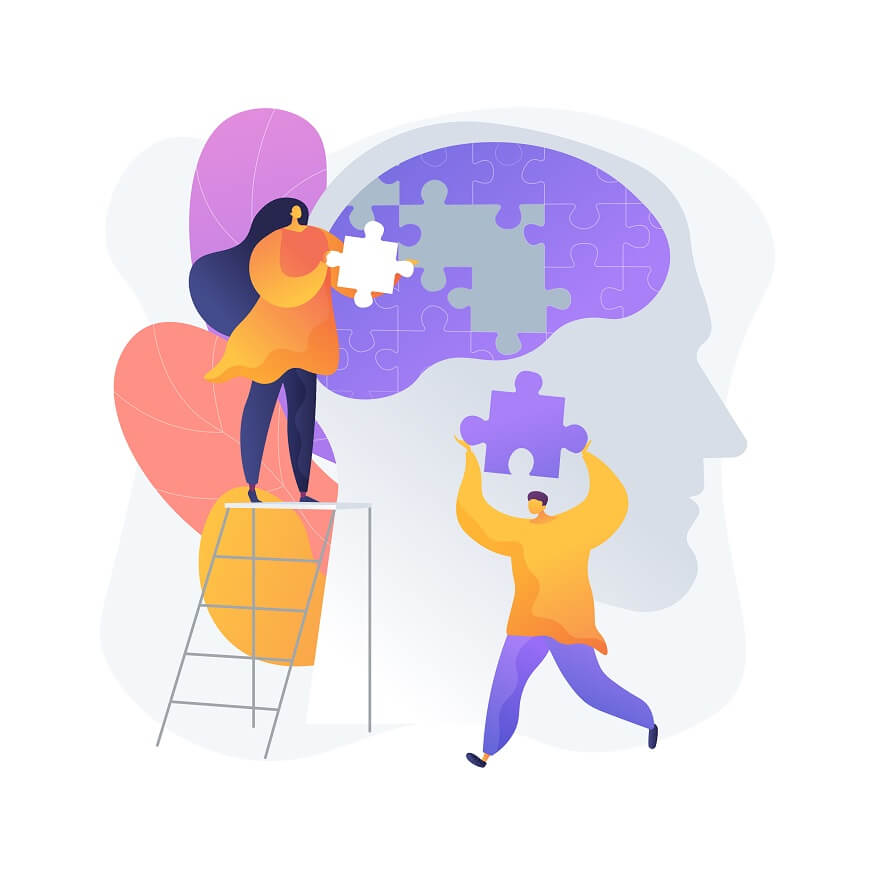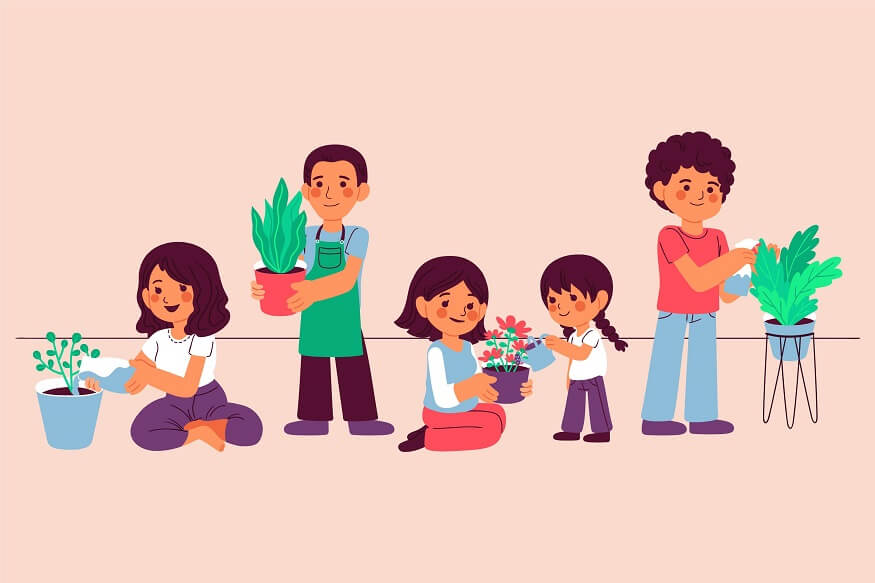Learner-Responsive Pedagogy in the Arts (LRPAX) education is a strategy that combines arts-based behaviours into education to improve student engagement, creativity, and overall growth. It acknowledges students’ different abilities, interests, and learning styles, encouraging personalised service and diversity. LRPAX education encourages natural drive, critical thinking skills, and the development of creativity.
Students are encouraged to actively engage, explore their ideas, and find connections to their lives and experiences by incorporating different creative forms into the curriculum. This teaching technique supports students to become active learners, helping them to reach their greatest potential in a supportive and creative learning environment.
Also Read: The Role of Ethics and Values Education in Schools
Importance of LRPAX education:
Some important key points about LRPAX education for students are listed below,
Student Engagement:
LRPAX education prioritises student engagement by incorporating arts-based practices. This active participation and hands-on learning approach promote deeper understanding and retention of knowledge.
Intrinsic Motivation:
By integrating the arts into the learning process, LRPAX education taps into students’ intrinsic motivation. The creative and expressive nature of arts-based activities fosters a sense of ownership and passion for learning.
Creativity Development:
LRPAX education nurtures creativity by providing students with opportunities to explore their artistic abilities, think innovatively, and express themselves creatively. This develops crucial skills that are highly valued in various academic and professional domains.
Holistic Development:
LRPAX education recognises the multidimensional nature of students. Incorporating arts promotes cognitive, emotional, social, and creative development, fostering well-rounded individuals.
Critical Thinking Skills:
LRPAX education encourages critical thinking by engaging students in artistic processes that require problem-solving, analysis, and interpretation. Students learn to think critically, consider different perspectives, and make informed decisions.
Personalisation and Inclusion:
LRPAX education values the uniqueness of each student. It allows for personalisation by enabling students to choose topics, explore their ideas, and make connections to their lives and experiences. This promotes inclusivity and caters to diverse learning needs.
Collaboration and Communication:
LRPAX education often involves collaborative arts-based activities that require students to work together, communicate effectively, and respect diverse viewpoints. This cultivates essential interpersonal skills that are vital in the real world.
Cultural Appreciation:
LRPAX education exposes students to diverse art forms and cultural expressions, fostering an appreciation for different traditions and perspectives. This promotes cultural awareness, empathy, and global understanding.
Emotional Expression and Well-being:
LRPAX education provides students with a means to express their emotions, thoughts, and experiences through artistic mediums. This process enhances emotional well-being, self-awareness, and self-esteem.
21st Century Skills:
LRPAX education equips students with essential skills for the 21st century, including creativity, critical thinking, collaboration, communication, and adaptability. These skills prepare students for success in a rapidly changing and interconnected world.
Also Read: Why Teaching Kids Life Skills Is As Important As Academics
Teaching methods and strategies of LRPAX education:
Teaching methods in LRPAX education, or Learner-Responsive Pedagogy in the Arts, focus on integrating arts-based practices into the teaching and learning process. These methods emphasise student engagement, creativity, and personalisation. Here are some key teaching methods used in LRPAX education for students:
Arts Integration:
LRPAX education involves integrating various art forms, such as visual arts, music, drama, dance, and media arts, into the curriculum. Teachers incorporate arts-based activities, projects, and performances that complement and enhance learning in other subject areas.
Project-Based Learning:
Project-based learning in LRPAX education encourages students to engage in long-term, interdisciplinary projects that integrate the arts. Students identify a real-world problem or question, conduct research, and use artistic processes to create solutions or express their findings.
Role-Playing and Dramatisation:
Teachers utilise role-playing and dramatisation techniques to bring learning to life. Students can act out historical events, scientific processes, or literary scenes, allowing for a deeper understanding and emotional connection to the content.
Visual Representations:
Teachers encourage students to create visual representations of concepts or ideas using various art mediums. This can include illustrations, collages, diagrams, or graphic organisers, providing students with a visual representation of their understanding.
Performance and Presentations:
LRPAX education incorporates opportunities for students to showcase their learning through performances and presentations. Students may create plays, musical performances, or visual displays to communicate their knowledge and express their creativity.
Artistic Reflection and Response:
Teachers facilitate discussions and activities that encourage students to reflect on their work and respond to the artistic creations of others. This promotes critical thinking, analysis, and appreciation of different artistic perspectives.
Artistic Exploration and Experimentation:
LRPAX education encourages students to explore and experiment with various art forms and techniques. Teachers encourage students to participate in creative processes, test new techniques, and take chances in their artistic efforts.
Personalised Learning:
Teachers implement instructional strategies that cater to students’ diverse interests, strengths, and learning styles. They provide choice and autonomy in selecting art activities, topics, or themes, allowing students to personalise their learning experience.
Collaborative Projects:
Teachers promote collaboration and teamwork by assigning group projects that involve artistic processes. Students work together to plan, create, and present their collaborative artworks, fostering communication, cooperation, and collective problem-solving skills.
Reflective and Metacognitive Practices:
Teachers encourage students to reflect on their artistic processes, assess their progress, and set goals for improvement. This cultivates metacognitive skills, self-awareness, and self-regulation, empowering students to take ownership of their learning.
Also Read: Metacognitive Strategies In The Classroom
Real-life examples of LRPAX education for students:
History Class – Role-Playing and Dramatisation
In a history class, students are studying the American Revolution. Instead of traditional textbook learning, the teacher implements LRPAX education by organizing a role-playing activity. Students are assigned different historical figures and act out important events and debates of the era. Through this real experience, students develop a deeper understanding of the historical context, the motivations of different characters, and the complexities of the period. They also enhance their communication and critical thinking skills as they actively engage with the material.
English Class – Performance and Presentations
In an English class, students have read a classic novel and are exploring its themes and characters. As part of LRPAX education, the teacher encourages students to create performances or presentations that express their interpretation of the novel. Some students choose to create dramatic scenes, while others create poetry or visual displays. By engaging in artistic expression, students not only demonstrate their understanding of the text but also develop public speaking, creativity, and collaboration skills. They also gain confidence in sharing their ideas and perspectives.
Also Read: Use of Rhyming Words in the English Language
Conclusion:
At EuroSchool, we believe that LRPAX education offers a transformative and engaging learning experience that integrates arts-based practices into students’ education. By nurturing creativity, critical thinking, collaboration, and personalisation, LRPAX education empowers students to become active, well-rounded learners. Through real-life examples, we can witness the positive impact of LRPAX education in fostering students’ holistic development, enhancing their understanding of academic content, and preparing them for success in the 21st century.










